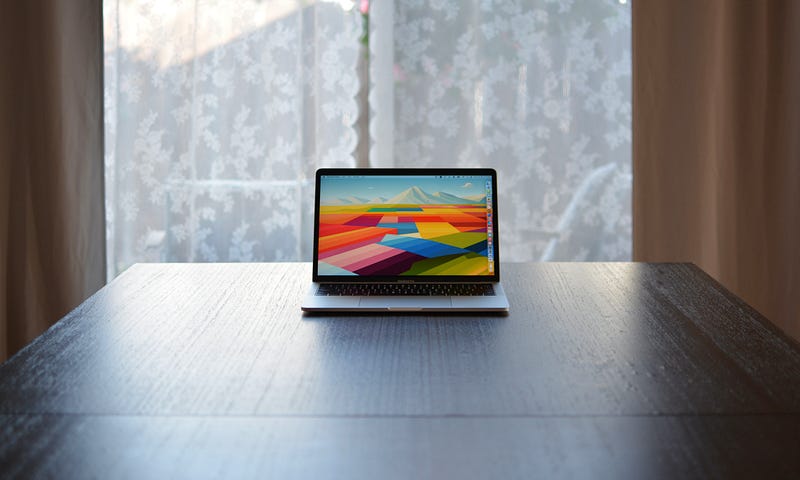# Why Specs Are Secondary: Focus on Purpose Over Tools
Written on
Chapter 1: The Value of Experience
After spending three months with my six-year-old MacBook Pro, I felt compelled to share some insights. While I could have posed the question, "Is a 2017 MacBook Still Relevant in 2023?", I prefer to discuss how this experience has highlighted that technical specifications often take a backseat to actual performance.
For context, my use of the MacBook Pro primarily revolves around writing. Occasionally, I engage in photo editing with RAW files and use Affinity Designer, but those activities represent the most demanding tasks for this device. The bulk of my time involves typing or managing spreadsheets.

Chapter 1.2: The Upgrade Dilemma
Every time Apple releases a new M-series chip, the debate about upgrading intensifies. Only the most dedicated tech enthusiasts engage in these discussions. Comparing an M1 Pro to an M2 Pro feels trivial at best.
While it's reasonable to assess the validity of Apple's claims about performance improvements, many people, including myself, do not utilize the full capabilities of their current machines. The most relevant comparisons arise when contrasting a model that's four or five years old against a newer version, as this resonates with those contemplating an upgrade. A comparison between Intel i9 or i7 chips and M2 Pro or M2 Max models would be far more beneficial than merely juxtaposing M1 and M2 variants.
This leads back to my 2017 MacBook Pro, which continues to serve me exceptionally well. Starting Ulysses to draft a post is a breeze, and its portability is a significant advantage. Remarkably, after the initial setup and indexing, I haven't heard the fans kick in.

Chapter 2: Essential Tools for Writing
It's likely that the reason for the quiet operation is my focus on writing in a text editor. This experience is reminiscent of using the M1 MacBook Air, which is similarly silent. Even when I rest the MacBook on my comforter, I hardly notice the fans—though I don’t make a habit of that. I suspect extended use in Xcode would change that dynamic, but for now, it has been stellar.
One area where I wish for improvement is battery life. Given the age of this machine, I know it's a tall order; historically, it hasn't excelled in this department. It's frustrating to put it to sleep with a nearly full battery only to discover it's dead a couple of days later or to receive warnings about low battery after prolonged writing sessions.

Chapter 3: Letting Go of the Desktop
In terms of performance, I’ve established that this machine meets my needs. Although I wouldn't mind a mini-LED display and a more comfortable keyboard, these are minor grievances. The Retina display remains impressive, and I’m among the few who appreciate the butterfly keyboard and Touch Bar.
Ultimately, my advice is to prioritize your objectives over specs. Determine what you want to accomplish and then select the appropriate machine. If you’re holding onto an older model but yearn for the latest innovations, consider investing in that shiny M2 MacBook Pro. Opt for what suits your needs or indulge in something new if it brings you joy—there’s no shame in that.
Read every story from Techuisite and all other writers on Medium by becoming a Member using the following link:
(Using this link will directly support Paul Alvarez and the Techuisite Publication)
